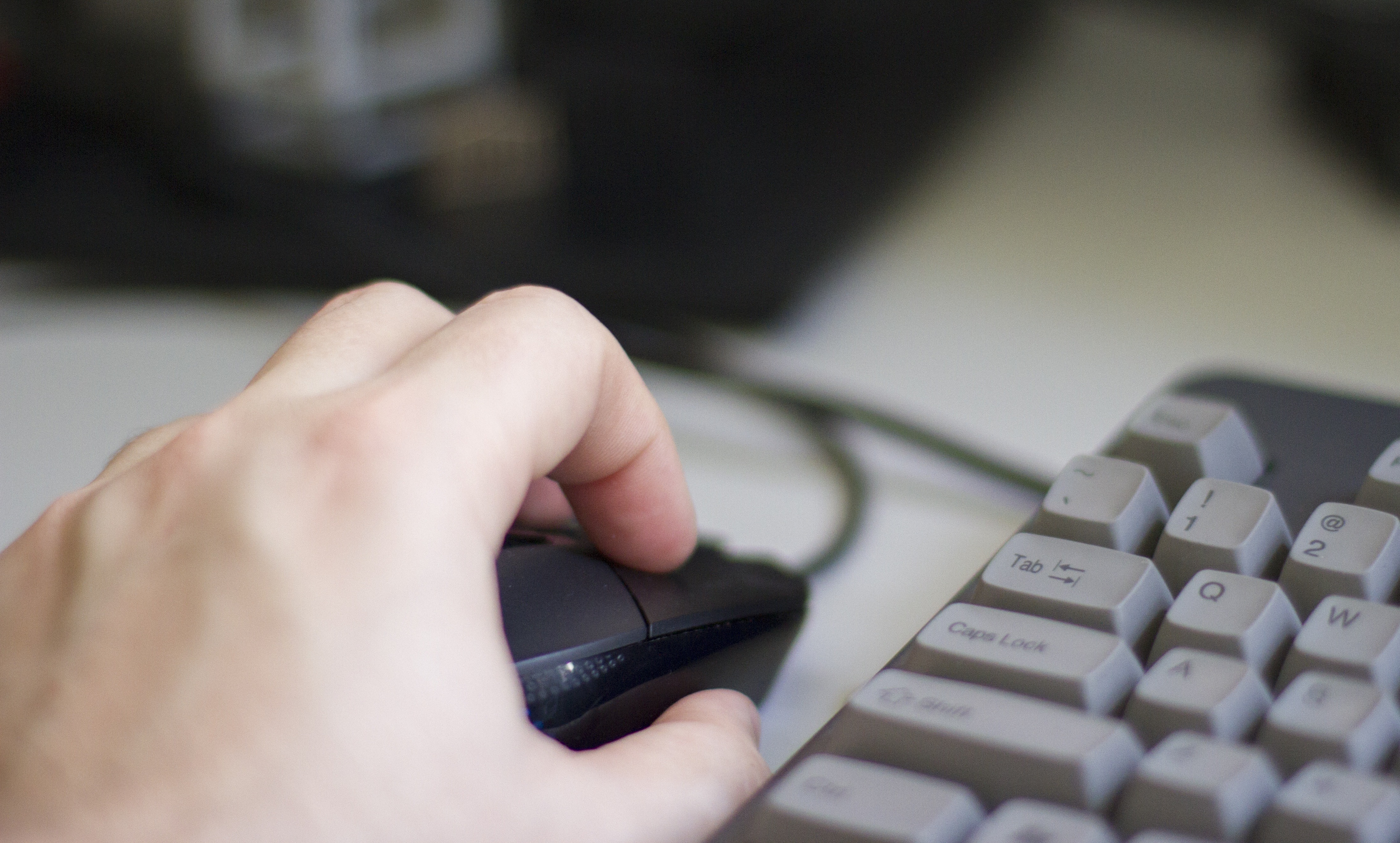Computer Mouse Modifications for Visually Impaired Users
Alterations to computer mouses that allow easier and expedited user input and navigation of a computer screen by haptic feedback
A conventional computer mouse is composed of a curved palm-rest, at least one motion sensor for detecting movement of the mouse, and several selection push-buttons. The user will push down on the palm rest to move the mouse, which results in a downward movement of the user's wrist. Also, the distal phalanx of at least one finger will be rested on the selection push-buttons which inadvertently causes the part of the palm closest to the wrist to be unsupported. As a result of these cases, the design of most computer mouses today lead to carpal tunnel syndrome. There have been other designs of mouses made to combat this issue, however, they often are larger or bulkier in size, decrease accuracy, and still require the push down of the palm to move the cursor. In addition, conventional mouse designs fail to sufficiently address the need of visually impaired users, and as computer interfaces become more and more complex, these users spend more and more time doing simple tasks on the computer. Haptic displays, gloves, and mice have been made for this issue, but they are often expensive, inaccurate, and do not display all of the information on the graphic user interface (GUI). Therefore a more ergonomic, inclusive, and health beneficial mouse design is needed.
A design that is proposed has a housing for the mouse where it includes a palm-rest on one side of the housing, and a base plate on the opposite side. There is also a peripheral finger-rest that will be attached to the base plate with a distal portion extending from it. A plurality of spherically shaped recesses are also present on the distal portion. Another design has a housing for the mouse where it includes a palm-rest on a side of the housing, and a mechanical joint attached at a first end of the palm-rest. There is also a finger-rest attached to a second end of the mechanical joint opposite the first end to movably connect to the palm-rest, and a position sensor provided on the finger-rest that detects an input from a user without requiring the movement of the palm-rest. Along with the designs of the mouse, a navigation method that involves controlling the output of a GUI containing a multitude of pixels via at least one processor is also established. After mapping the individual pixels, there should be a remote input device that is connected to the processor. So the next step is to detect the positions of each distal end of each indicator of a number of indicators of the remote input device. Then after identifying, detecting, and characterizing specific pixels, that information is relayed to a distal end of an indicator which in turn relays it to the user. This process continually gives feedback to the user of each pixel that the cursor goes over in the GUI.
 Source: pxhere.com/en/photo/879574, CC0.
Source: pxhere.com/en/photo/879574, CC0.
- User friendly for visually impaired users - Design combats the establishment of carpal tunnel syndrome - GUI is more interactive and provides much more feedback - Design of mouse allows for the same or even more accuracy than conventional mouses
Can replace conventional mouses to provide a more user friendly experience as well as lowering the risk of carpal tunnel syndrome. Also allows for a more detailed navigation method to accurately and precisely explore GUIs of computers regardless of whether you are visually impaired or not.
Patent application submitted
PCT/US19/45395
Available for Licensing.
Development partner,Licensing,Commercial partner
Patent Information:
| App Type |
Country |
Serial No. |
Patent No. |
Patent Status |
File Date |
Issued Date |
Expire Date |
|